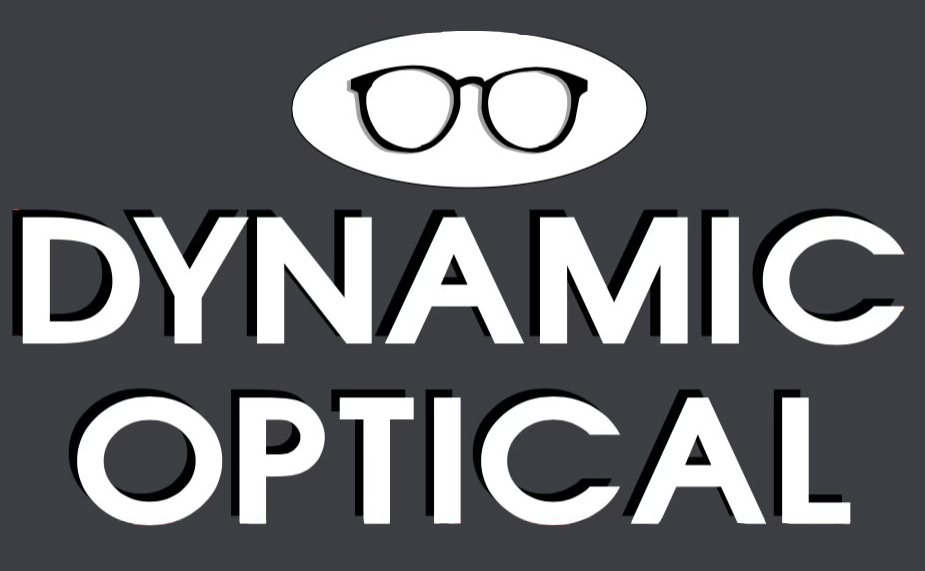The Importance of Glaucoma Screening: Everything You Need to Know
Glaucoma is a condition that affects the eyes and can lead to vision loss or blindness if left untreated. It is often called the “silent thief of sight” because it usually has no symptoms until it has progressed to a late stage. The good news is that regular glaucoma screening can detect the condition early, allowing for timely treatment and preservation of vision. In this article, we will explore the importance of glaucoma screening, who should get tested, how to get tested, and the pros and cons of different screening methods.
Who Should Get Glaucoma Screening?
According to the American Academy of Ophthalmology, adults should have a comprehensive eye exam every 5 to 10 years up to the age of 40, and every 2 to 4 years from the age of 40 to 54. After the age of 55, eye exams should be done every 1 to 3 years. However, if you have risk factors for glaucoma, such as a family history of the disease, African or Hispanic ancestry, or high eye pressure, you may need more frequent screening.
What is Glaucoma Screening?
Glaucoma screening is a series of tests performed by an eye doctor to detect the presence of glaucoma or to monitor the progression of the disease if it has already been diagnosed. The most common screening test for glaucoma is the measurement of intraocular pressure (IOP) using a tonometer. High IOP is a major risk factor for glaucoma, but not all people with high IOP develop the disease, and some people with normal IOP can still develop glaucoma. Therefore, other tests may be used to confirm the diagnosis, such as a visual field test to check for peripheral vision loss, or an optical coherence tomography (OCT) test to measure the thickness of the optic nerve.
When Should You Get Glaucoma Screening?
It is recommended that adults get regular eye exams every few years, starting from the age of 40. However, if you have risk factors for glaucoma, such as a family history of the disease or high eye pressure, you should get screened more frequently. Your doctor will advise you on the appropriate screening schedule based on your individual risk factors.
How to Get Glaucoma Screening?
Glaucoma screening should be performed by an eye doctor, such as an ophthalmologist or optometrist. During the screening, the doctor will perform a comprehensive eye exam, which may include the following tests:
- Tonometry: This test measures the pressure inside the eye using a device called a tonometer.
- Ophthalmoscopy: This test examines the inside of the eye using a special light and magnifying lens.
- Visual field test: This test checks for changes in peripheral vision.
- Optical coherence tomography (OCT): This test uses light waves to produce detailed images of the optic nerve and retina.
If glaucoma is detected, your doctor may recommend further testing, such as a gonioscopy to examine the drainage angle of the eye, or a pachymetry to measure the thickness of the cornea. Treatment options for glaucoma include eye drops, laser treatment, or surgery, depending on the severity of the condition.
Pros and Cons of Glaucoma Screening Methods
There are several methods for glaucoma screening, each with its own advantages and disadvantages.
Tonometry
Pros:
- Quick and painless
- Can detect high eye pressure, a major risk factor for glaucoma
Cons:
- Can give false positives or false negatives
- Does not detect all cases of glaucoma
Ophthalmoscopy
Pros:
- Can detect changes in the optic nerve, which may indicate glaucoma
- Painless and non-invasive
Cons:
- Requires a dilated eye exam, which can temporarily blur vision
- May miss early signs of glaucoma
Visual Field Test
Pros:
- Can detect peripheral vision loss, a common sign of glaucoma
- Non-invasive and painless
Cons:
- May produce false positives or false negatives
- Can be time-consuming and require a lot of concentration
Optical Coherence Tomography (OCT)
Pros:
- Can produce detailed images of the optic nerve and retina
- Non-invasive and painless
Cons:
- Can be expensive
- May require additional testing to confirm diagnosis
Alternatives to Glaucoma Screening
If you are unable to get regular eye exams or do not want to undergo glaucoma screening, there are some alternative methods to help reduce your risk of developing the disease. These include:
- Maintaining a healthy diet and lifestyle: Eating a diet rich in fruits and vegetables, getting regular exercise, and avoiding smoking can help protect your eyes and reduce your risk of glaucoma.
- Protecting your eyes from injury: Wearing protective eyewear when playing sports or working in hazardous environments canhelp prevent eye injuries that can increase your risk of glaucoma.
- Managing other health conditions: Certain health conditions, such as high blood pressure and diabetes, can increase your risk of glaucoma. Managing these conditions through medication and lifestyle changes can help reduce your risk.
However, it is important to remember that these alternative methods are not a replacement for regular eye exams and glaucoma screening. Early detection and treatment of glaucoma is crucial for preserving vision and preventing blindness.
Step-by-Step Guide to Getting Glaucoma Screening
If you are due for a glaucoma screening or have risk factors for the disease, here is a step-by-step guide to getting screened:
- Find an eye doctor: Look for an ophthalmologist or optometrist in your area who specializes in glaucoma screening.
- Schedule an appointment: Call the eye doctor’s office and schedule an appointment for a comprehensive eye exam, which will include glaucoma screening.
- Prepare for the exam: Follow any instructions provided by the eye doctor’s office, such as not wearing contact lenses before the exam or arranging for someone to drive you home if your eyes are dilated.
- Attend the exam: Arrive on time for your appointment and bring any relevant medical records or medications with you.
- Undergo the screening tests: The eye doctor will perform various tests to check for signs of glaucoma, such as tonometry, ophthalmoscopy, visual field testing, and OCT.
- Discuss the results: After the tests are complete, the eye doctor will discuss the results with you and recommend any further testing or treatment if needed.
- Follow-up as recommended: Depending on your individual risk factors, the eye doctor may recommend follow-up screening at a certain interval. Be sure to follow their recommendations to ensure ongoing eye health.
Tips for Maintaining Eye Health
In addition to getting regular eye exams and glaucoma screening, there are several things you can do to maintain your eye health and reduce your risk of developing glaucoma:
- Eat a healthy diet: A diet rich in fruits and vegetables, whole grains, and lean proteins can help protect your eyes and reduce your risk of eye diseases.
- Wear sunglasses: Protect your eyes from harmful UV rays by wearing sunglasses with UV protection when outdoors.
- Take breaks from screens: Staring at a computer or smartphone screen for long periods of time can strain your eyes and increase your risk of eye problems. Take frequent breaks and use the 20-20-20 rule: every 20 minutes, look away from your screen and focus on something 20 feet away for 20 seconds.
- Manage chronic conditions: If you have chronic conditions such as high blood pressure, diabetes, or autoimmune diseases, work with your doctor to manage them effectively to reduce your risk of eye problems.
- Quit smoking: Smoking has been linked to an increased risk of eye diseases such as glaucoma, cataracts, and macular degeneration. Quitting smoking can help protect your eyes and improve your overall health.
The Best Glaucoma Screening Method
There is no one “best” glaucoma screening method, as each method has its own advantages and limitations. The most effective screening method for you will depend on your individual risk factors and the preference of your eye doctor. It is important to discuss the various screening methods with your eye doctor to determine which one is best for you.
Conclusion
Glaucoma is a serious eye condition that can lead to vision loss or blindness if left untreated. Regular glaucoma screening is crucial for detecting the condition early and allowing for timely treatment. There are several methods for glaucoma screening, each with its own advantages and disadvantages. It is important to discuss the various screening methods with your eye doctor to determine which one is best for you. In addition to glaucoma screening, there are several things you can do to maintain your eye health and reduce your risk of developing glaucoma. By taking care of your eyes and getting regular eye exams, you can help ensure a lifetime of clear vision.
FAQs
- What is the main cause of glaucoma? The main cause of glaucoma is elevated intraocular pressure (IOP), which can damage the optic nerve and lead to vision loss.
- Is glaucoma hereditary?Yes, glaucoma can be hereditary. If you have a family history of the disease, you may be at higher risk and should get screened more frequently.
- Does glaucoma always cause symptoms? No, glaucoma is often called the “silent thief of sight” because it usually has no symptoms until it has progressed to a late stage.
- Can glaucoma be cured?While there is no cure for glaucoma, early detection and treatment can help prevent vision loss and preserve remaining vision.
- How often should I get a glaucoma screening? It is recommended that adults get regular eye exams every few years, starting from the age of

